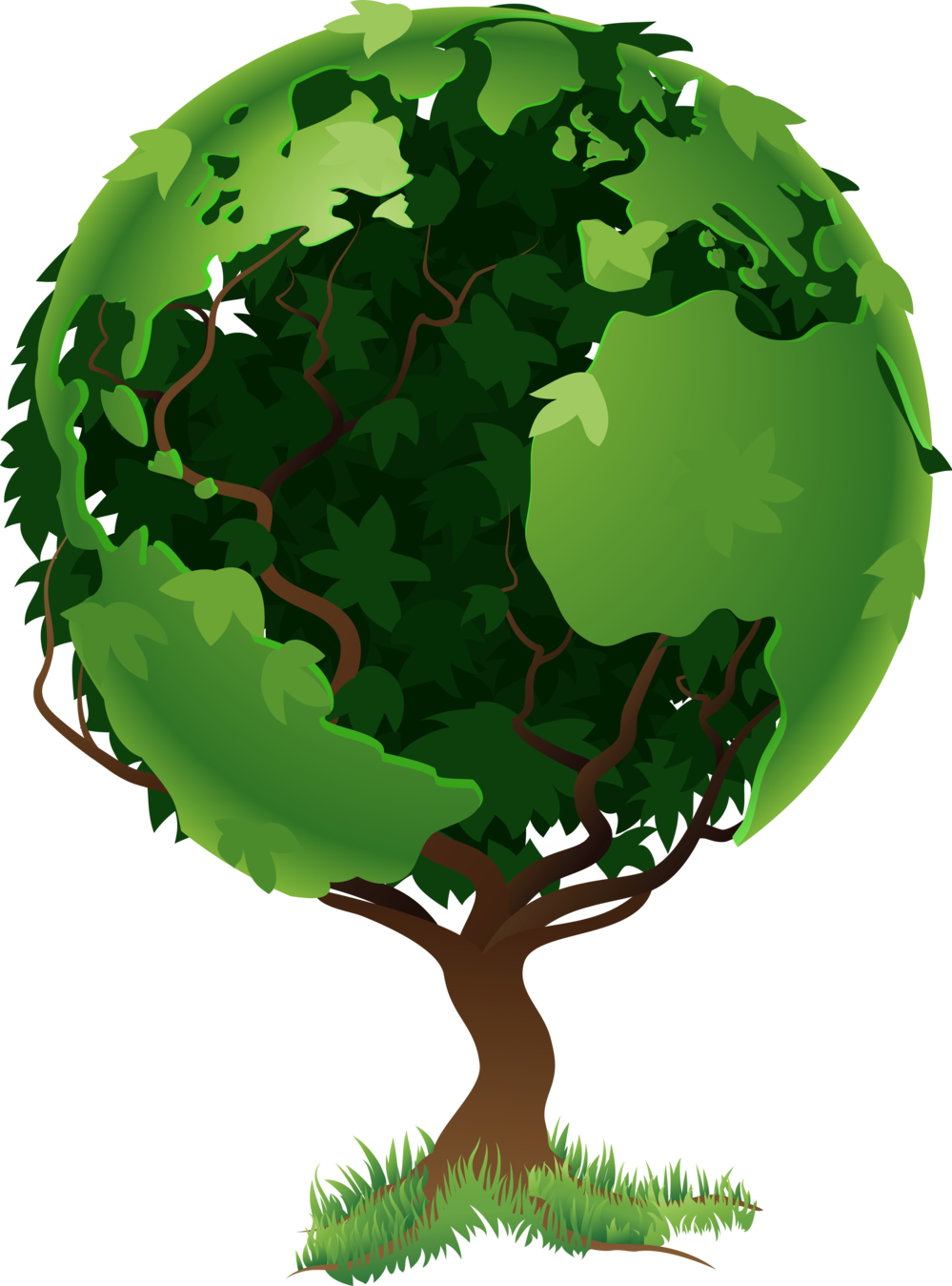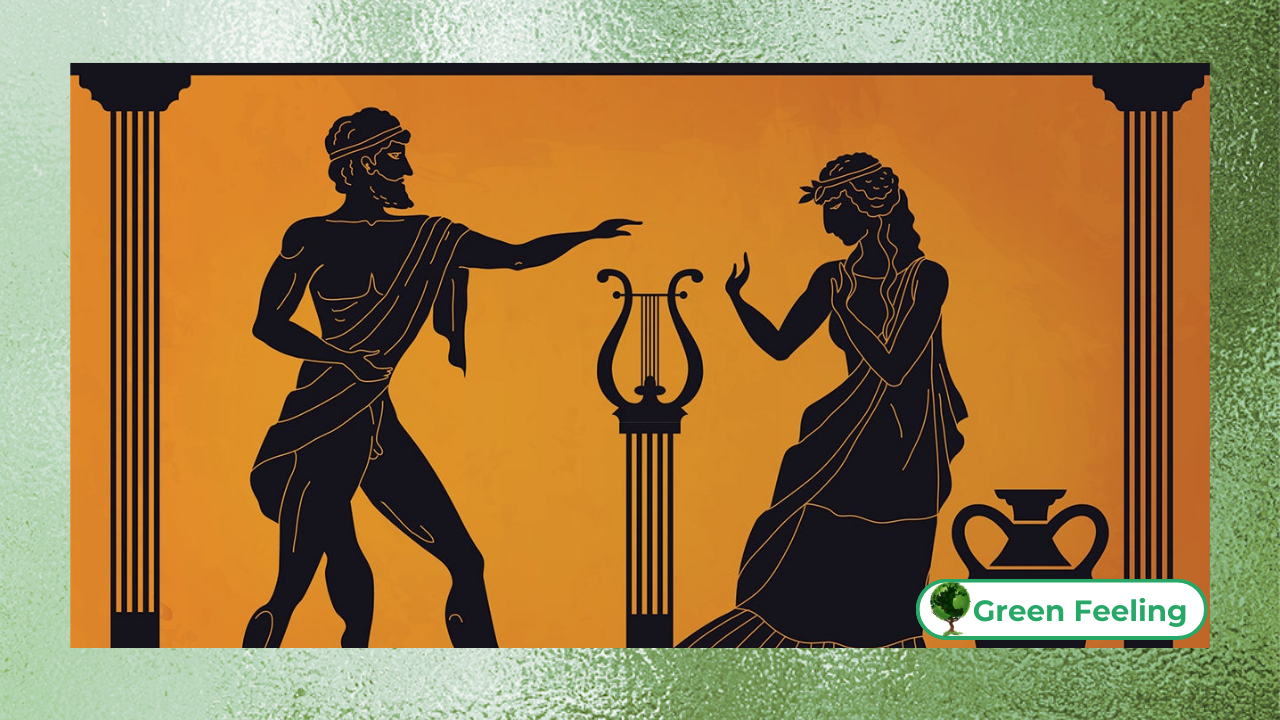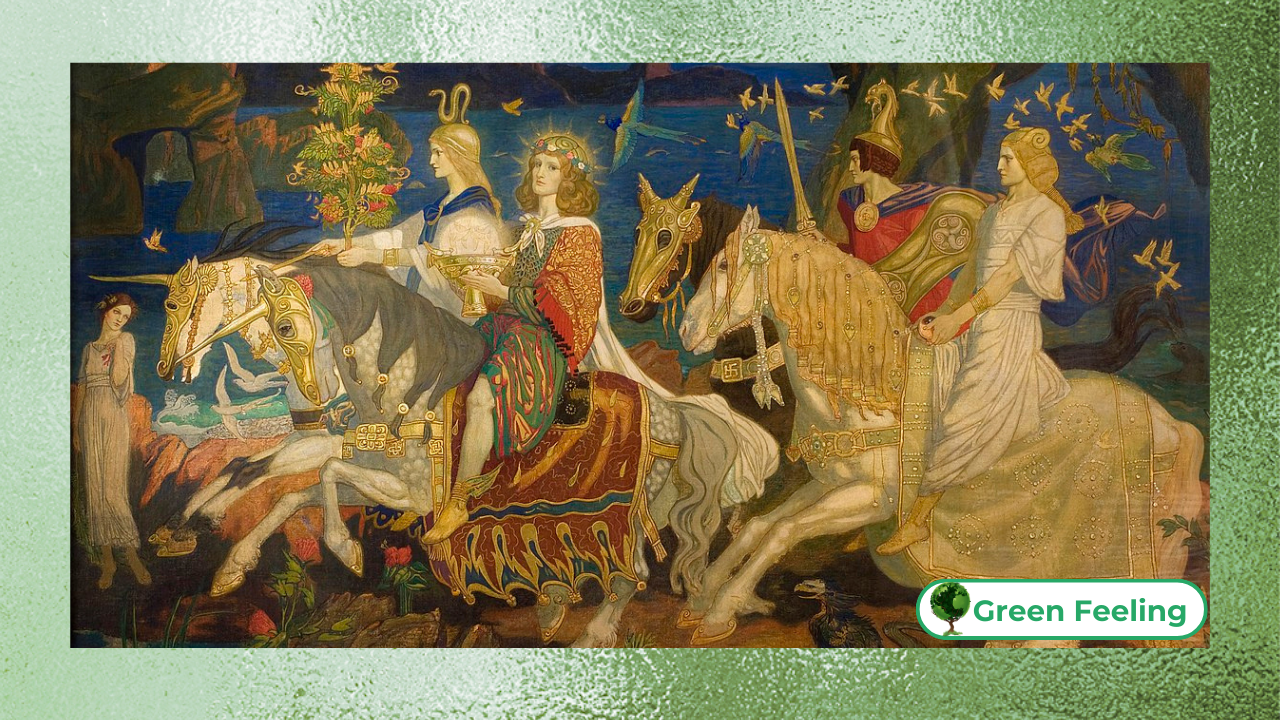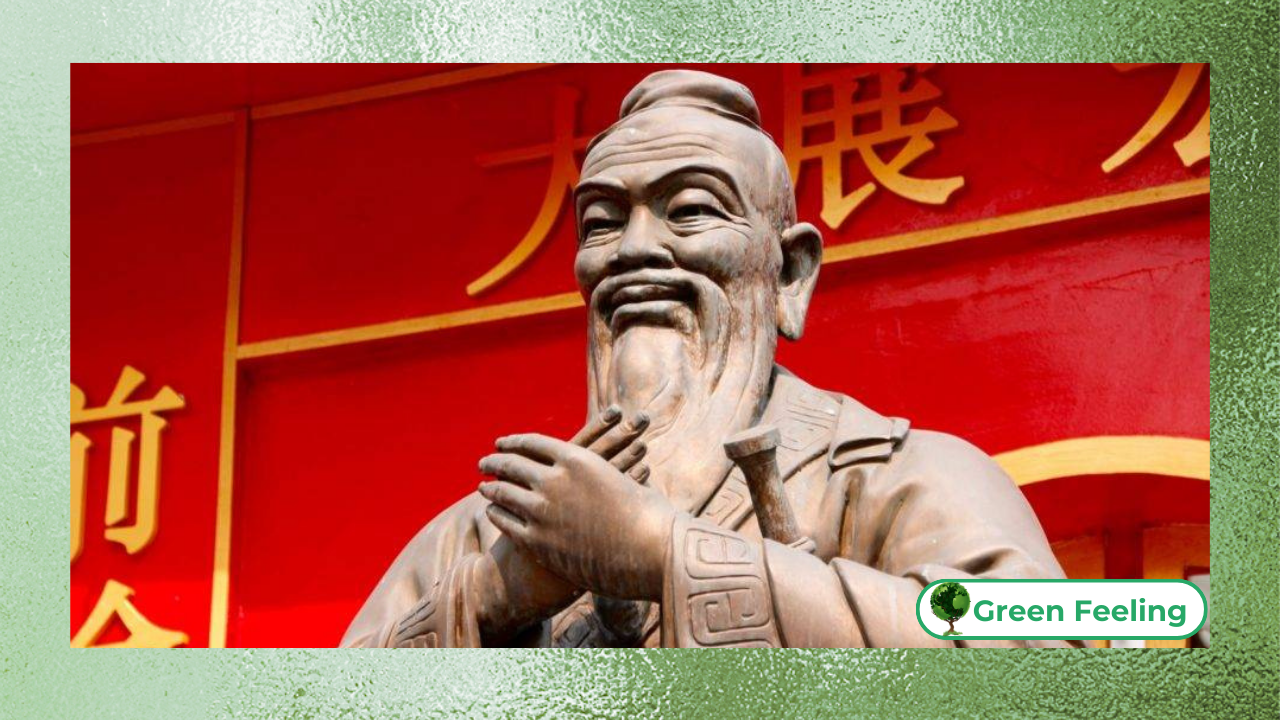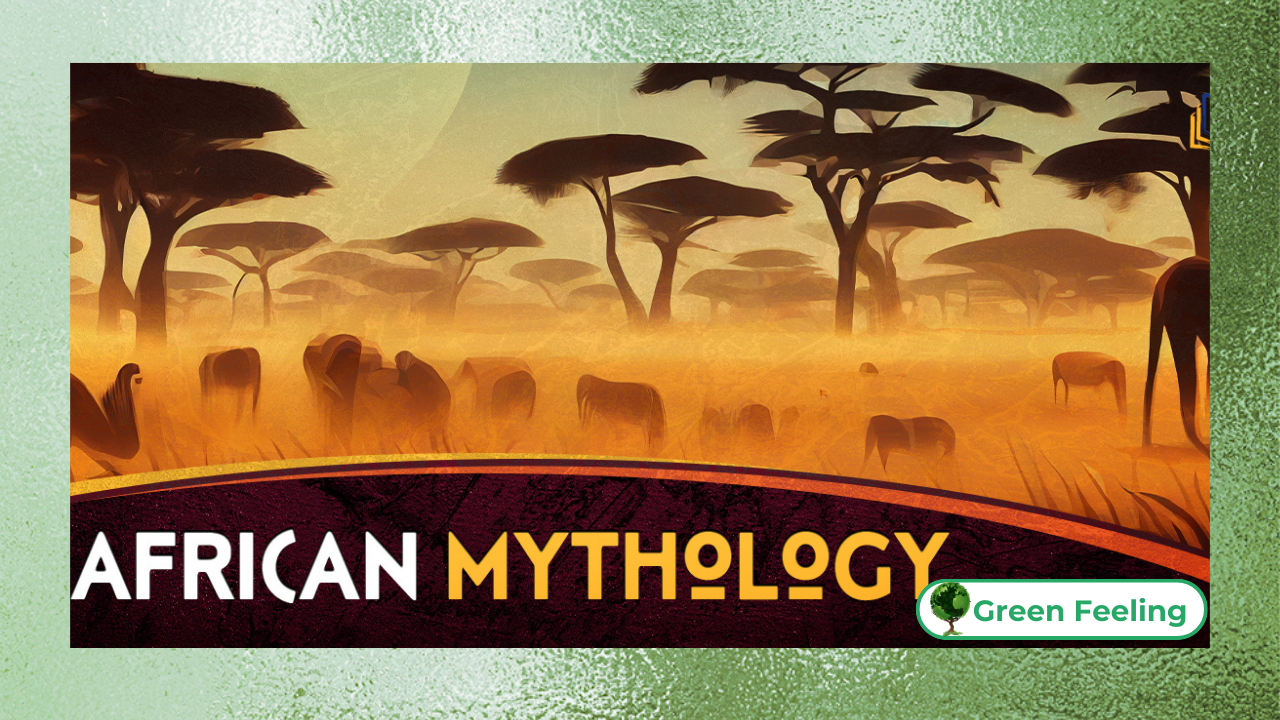Norse vs. Greek Mythology: The Power of Earth and Heaven
Mythology has always played a fundamental role in understanding the world and shaping cultural identities.

Nordic and Greek mythologies, though belonging to distinct historical contexts, share similarities in how they portray the relationship between Earth and Sky.
Both present powerful gods who govern natural elements and influence human destiny.
According to Campbell (2008, p. 34),
“myths serve as mirrors of the human psyche, reflecting fundamental reflections and values of each culture.”
Therefore, analyzing Nordic and Greek mythologies from the perspective of Earth and Sky allows for a deeper understanding of these civilizations’ worldviews.
+ African Mythology: Spirits of the Earth and Mystical Creatures
Comparion Between earth and sky in nordic and Greek Mythologies:
| Element | Nordic Mythology |
Greek Mythology
|
| Supreme Deity | Odin (king of the gods, associated with wisdom and war) |
Zeus (sovereign of Olympus, lord of the skies and lightning)
|
| Representation of Earth | Ymir (primordial giant, whose body gave rise to the world) and Jord (goddess of Earth and mother of Thor) |
Gaia (mother of all beings, creator of Earth and the Titans)
|
| Power of the Skies | Asgard, home of the gods, connected to Earth by Bifrost (celestial bridge) |
Mount Olympus, the dwelling of the gods, symbol of divine supremacy
|
| End of Times | Ragnarök: final battle between gods and giants, resulting in the world’s rebirth |
Titanomachy: conflict between Titans and Olympian gods for universal sovereignty
|
Main Elements of Mythology:
Nordic Mythology:
- Duality between Order and Chaos: The conflict between gods (order) and giants (chaos) permeates the entire mythological narrative.
- Ragnarök: The final fate of the gods, where destruction is followed by rebirth.
- Yggdrasil: The cosmic tree sustaining the nine worlds of Nordic mythology, representing the universe’s interconnection.
- Warrior Gods: Thor, Odin, and Tyr symbolize strength, strategy, and sacrifice.
- Predetermined Fate: Life is governed by the Norns, equivalents of the Greek Moirai.
- Afterlife: Valhalla (for brave warriors) and Helheim (for those who did not die in battle).
- World Serpent Symbolism: Jörmungandr encircles the Earth, embodying the cyclical nature of time and fate.
- Connection with Nature: Many Nordic gods have deep ties to natural elements, such as Freyr (fertility and harvests) and Njord (sea and winds).
- Magic and Runes: Nordic mythology strongly incorporates magic, with Odin sacrificing himself to learn the runes that contain cosmic knowledge.
+ The Natural Gods of Egypt: Mythology and Its Elements
Greek Mythology:
- Rise of the Olympian Gods: Zeus and his siblings defeat the Titans, consolidating their supremacy.
- Divine Influence on Mortals: The gods directly interact with humans, shaping their destinies.
- Hades’ Underworld: The realm of the dead, divided between the Elysian Fields (for the virtuous) and Tartarus (for the condemned).
- Heroes and Demigods: Perseus, Theseus, and Hercules are central figures in Greek mythology.
- Oracles and Prophecies: Fate is influenced by prophecy, as seen in the Oracle of Delphi.
- Divine Hierarchy: Each god rules a specific domain under Zeus’s authority.
- Titanomachy and Cosmic Struggle: The battle between Olympians and Titans symbolizes a transition from chaos to order.
- The Role of Hubris: Greek mythology often punishes excessive pride, as seen in stories like Icarus and Niobe.
- Influence of the Muses: The Muses inspire art, music, and literature, highlighting the Greek appreciation for creativity and knowledge.
Symbolism of earth and sky:

Nordic Mythology:
For Davidson (1993, p. 67),
“the concept of Yggdrasil as a cosmic axis demonstrates the importance of nature in structuring Nordic mythology.”
The sky and Earth are interconnected by this great tree, which links the nine worlds and represents cosmic harmony.
Thor, the god of thunder, wields Mjölnir to control storms, reinforcing the power of the skies.
The connection between the sky and battle is essential. The Norse believed that warriors who died bravely would be taken to Valhalla, where they would prepare for Ragnarök.
The Earth, however, was seen as temporary and prone to destruction, as Jörmungandr, the World Serpent, awaited below it for the time to bring the end.
+ Creatures of Nature in Mythology: From Medusa to Cerberus
Greek Mythology:
The relationship between Earth and Sky in Greek mythology is symbolized by the struggle between Gaia (Earth) and Uranus (Sky).
According to Vernant (1990, p. 82),
“Greek mythology reinforces the idea of a primordial conflict between the forces of creation and destruction.”
evidenced by the Titans’ rebellion and the rise of the Olympian gods.
Mount Olympus stands as the celestial realm of divine authority, while Gaia remains the foundation of life and creation.
Greek mythology also emphasizes the heavens as the domain of divine will.
Constellations were believed to represent gods and heroes, and celestial omens often determined the course of human events.
In contrast, the Earth was seen as a place of suffering and struggle, where mortals had to prove their worth before ascending to a better afterlife.
Diferences in Worldviews:
- Cyclical vs. Linear Time: Nordic mythology sees time as cyclical, where the world is destroyed and reborn after Ragnarök. Greek mythology, on the other hand, follows a linear course, where the Olympian gods’ victory establishes a definitive new order.
- Fate and Free Will: While the Norse believed fate was unchangeable, the Greeks depicted gods and heroes attempting, and sometimes succeeding, in altering their paths.
- Mortality and Heroism: Nordic mythology values an honorable death in combat, whereas Greek mythology exalts intelligence and cunning.
- Divine Morality: Nordic gods are subject to fate and universal laws, while Greek gods often act whimsically and personally.
- Celestial vs. Earthly Authority: In Norse myths, divine power is tied to cosmic cycles, while in Greek myths, Zeus’s rule is supreme and unquestionable.
- Concept of Afterlife: Nordic beliefs divide the afterlife between Valhalla and Helheim, while Greek mythology presents a hierarchical underworld ruled by Hades.
- Human-God Relationship: Nordic gods often walk among mortals as wanderers, whereas Greek gods intervene from a distance, usually using intermediaries such as demigods.
+ Norse Mythology: The Gods and Their Worlds
Conclusion
The relationship between Earth and Sky in Nordic and Greek mythologies reflects their distinct conceptions of existence, divinity, and fate.
As Eliade (1989, p. 145) states,
“mythologies reflect humanity’s longing to understand cosmic order and its role within it.” – Elliade.
A comparative analysis of these narratives reveals much about ancient societies’ mentalities and their vision of the universe.
Both traditions continue to influence modern culture, whether in literature, cinema, or philosophy, demonstrating the enduring relevance of myths in humanity’s quest for meaning.
The contrast between Ragnarök’s cyclical destruction and Zeus’s structured reign highlights fundamental differences in how civilizations perceive destiny, power, and the cosmos.
References:
CAMPBELL, Joseph. The Power of Myth. New York: Palas Athena, 2008.
DAVIDSON, Hilda Ellis. Gods and Myths of Northern Europe. London: Penguin, 1993.
ELIADE, Mircea. The Sacred and the Profane. New York: Harcourt, 1989.
HESIOD. Theogony. 700 B.C.
STURLUSON, Snorri. Prose Edda. 13th century.
VERNANT, Jean-Pierre. Myth and Thought Among the Greeks. New York: Zone Books, 1990.
